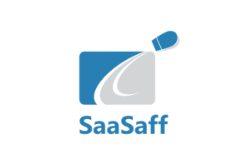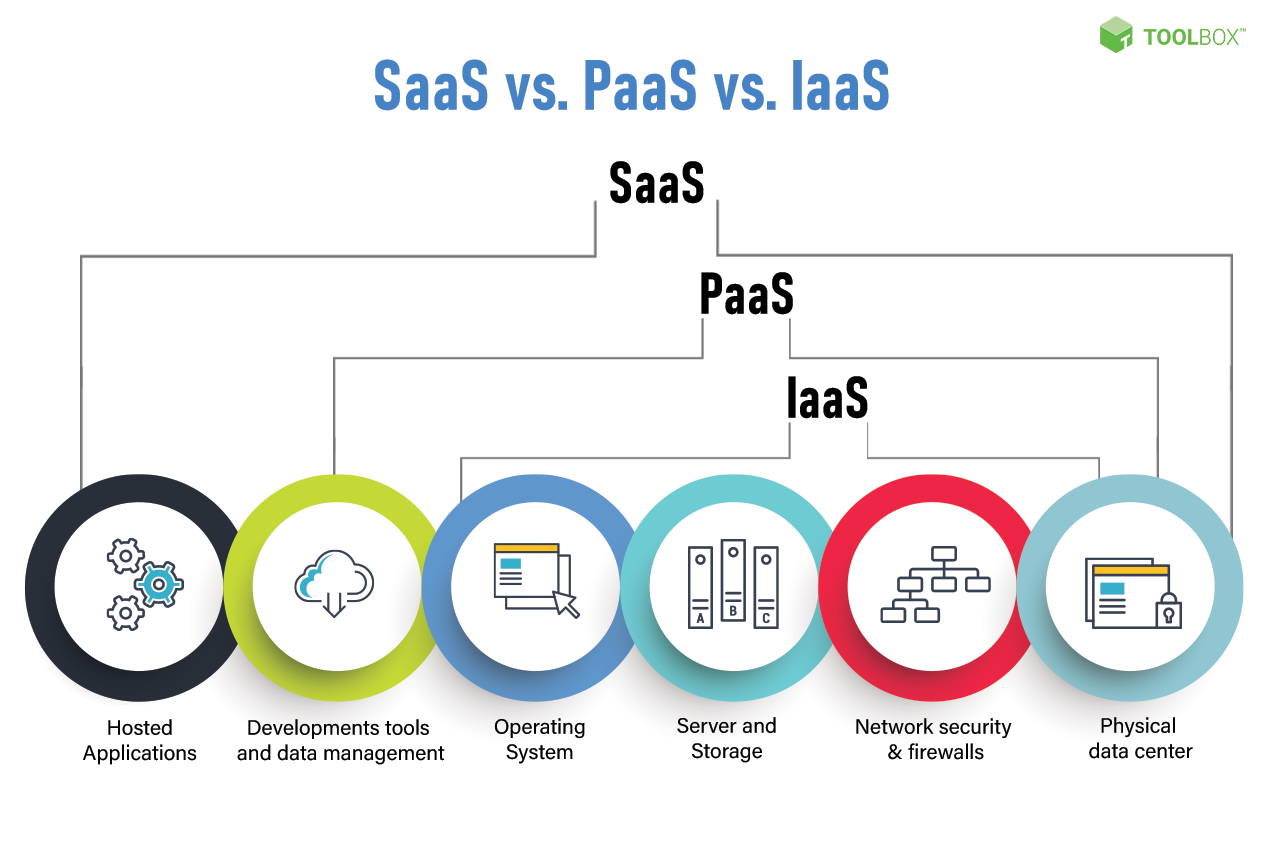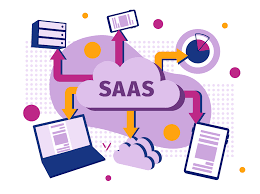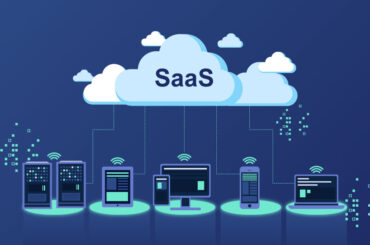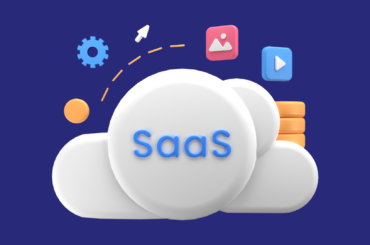SaaS (Software as a Service)
- What it is: Ready-to-use, subscription-based software applications delivered over the internet. Examples include email, CRM, and project management software.
- Who it’s for: Businesses of all sizes that need software applications without the hassle of managing their own infrastructure.
- Pros: Easy to use, affordable, scalable, reliable, and secure.
- Cons: Limited customization, vendor lock-in, and potential security risks.
PaaS (Platform as a Service)
- What it is: A cloud-based platform that allows developers to build and deploy their own applications. Examples include Heroku, AWS Elastic Beanstalk, and Google App Engine.
- Who it’s for: Developers who want to focus on building applications without having to worry about the underlying infrastructure.
- Pros: Fast development, easy scaling, and access to a variety of tools and services.
- Cons: Requires development expertise, can be complex to manage, and can be expensive.
IaaS (Infrastructure as a Service)
- What it is: On-demand access to cloud-based infrastructure, such as servers, storage, and networking. Examples include Amazon Web Services, Microsoft Azure, and Google Cloud Platform.
- Who it’s for: Businesses that need a high degree of control over their infrastructure or have specific infrastructure requirements.
- Pros: Flexible, scalable, and cost-effective.
- Cons: Requires IT expertise to manage, can be complex to set up, and can be expensive.
Which one is right for you?
The best option for you will depend on your specific needs and requirements. Here are some factors to consider:
- Your technical expertise: If you have limited technical expertise, SaaS is the easiest option. PaaS requires some development expertise, while IaaS requires a lot of IT expertise.
- Your level of control: If you need a high degree of control over your infrastructure, IaaS is the best option. PaaS offers some control, while SaaS offers the least amount of control.
- Your budget: SaaS is typically the most affordable option, followed by PaaS and then IaaS.
I hope this helps!

